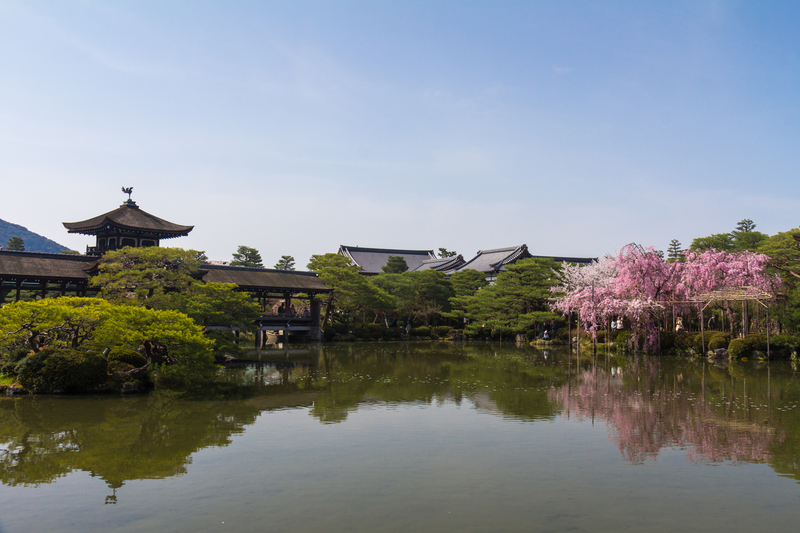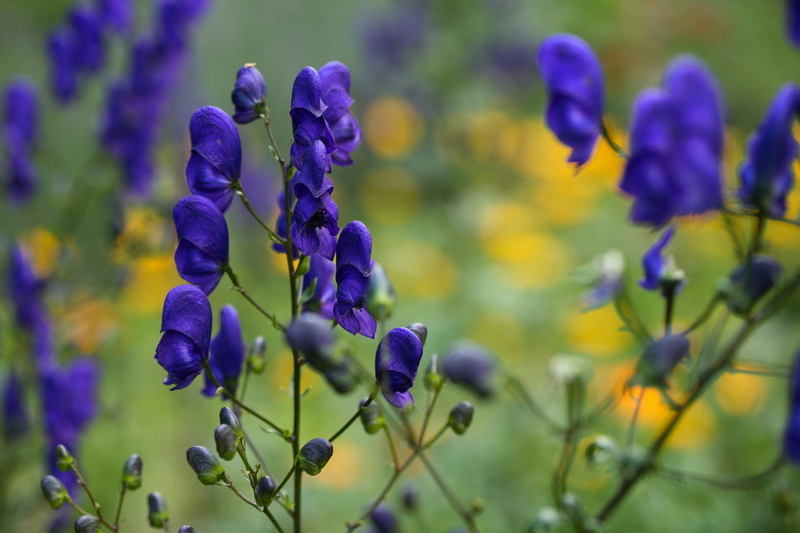Why Grass Struggles with Evergreens
Posted on 04/11/2024
Grass has a tough time flourishing under the canopy of evergreen trees. There are multiple factors contributing to this struggle, including competition for essential resources, unsuitable soil conditions, and limited sunlight. Understanding these challenges can help homeowners and landscapers find effective solutions to improve grass health and coverage in these areas.
Limited Sunlight
One of the primary reasons grass struggles under evergreen trees is the lack of sufficient sunlight. Evergreens have dense foliage that creates an extensive shade, limiting the amount of sunlight that reaches the grass below. Grass requires sunlight for photosynthesis, the process that converts light energy into chemical energy, vital for its growth and development. Without adequate sunlight, grass struggles to produce the energy needed to thrive, leading to thin, weak, or even dead patches.

Competition for Resources
Evergreens and grass compete for essential resources such as water and nutrients. Evergreen trees have extensive root systems that spread wide and deep, often outcompeting grass roots for available moisture and nutrients. This intense competition leaves the grass with insufficient resources to maintain its health and vitality. As a result, grass in the vicinity of evergreens often appears stressed, discolored, or stunted.
Soil pH and Allelopathy
Evergreen trees can influence the soil pH level and produce allelopathic chemicals that affect grass growth. The fallen needles from evergreens are acidic, gradually lowering the pH of the soil. Grass generally prefers a neutral pH, so acidic conditions can inhibit its growth. Moreover, some evergreens emit allelopathic chemicals that can suppress the germination and growth of grass seeds, further hampering the grass's ability to establish itself.
Soil Compaction
The heavy shade and limited growth potential of grass under evergreens can lead to soil compaction. Compacted soil has poor drainage and limited air spaces, making it difficult for grass roots to penetrate and access nutrients and water. This results in a less hospitable environment for grass, contributing to its struggle in thriving under evergreen canopies.
Addressing the Issue: Tips for Growing Grass with Evergreens
To improve the chances of growing healthy grass under evergreens, consider the following tips:
| Tips |
|---|
| Prune Evergreen Branches: Trim lower branches of evergreen trees to allow more sunlight to reach the grass below. |
| Choose Shade-Tolerant Grass Species: Select grass varieties that are known to thrive in shadier conditions. |
| Improve Soil Quality: Amend the soil with organic matter to improve its texture, drainage, and nutrient content. |
| Water Regularly: Ensure consistent watering, particularly during dry periods, to help grass compete for moisture. |
| Use Mulch: Apply a layer of mulch around the base of evergreens to reduce soil compaction and retain soil moisture. |
| Aerate the Soil: Periodically aerate the soil to reduce compaction and improve root penetration. |
Pros and Cons of Grass Under Evergreens
Pros
- Enhanced Aesthetic Appeal: A well-maintained lawn under evergreens contributes to a visually pleasing landscape.
- Erosion Control: Grass can help reduce soil erosion around the base of evergreen trees.
Cons
- Time and Effort: Maintaining grass under evergreens requires consistent care and effort.
- Resource Competition: Grass and evergreens continually compete for water, nutrients, and sunlight.
- Maintenance Cost: The added expense and effort needed to improve soil and maintain grass health.

Key Takeaways
- Grass struggles under evergreens due to limited sunlight, competition for resources, and unsuitable soil conditions.
- Improving soil quality, choosing shade-tolerant grasses, and properly managing watering can help grass thrive.
- Regular pruning of evergreen branches can allow more sunlight to reach the grass below.
Conclusion
Growing grass under evergreens presents unique challenges due to the dense shade, competition for resources, and unsuitable soil conditions. By understanding these factors and implementing strategic solutions such as pruning, using shade-tolerant species, and improving soil quality, homeowners and landscapers can create a more favorable environment for grass growth. Despite the added maintenance and effort, a lush and healthy lawn under evergreens can significantly enhance the aesthetic appeal and overall landscape value of any outdoor space.

